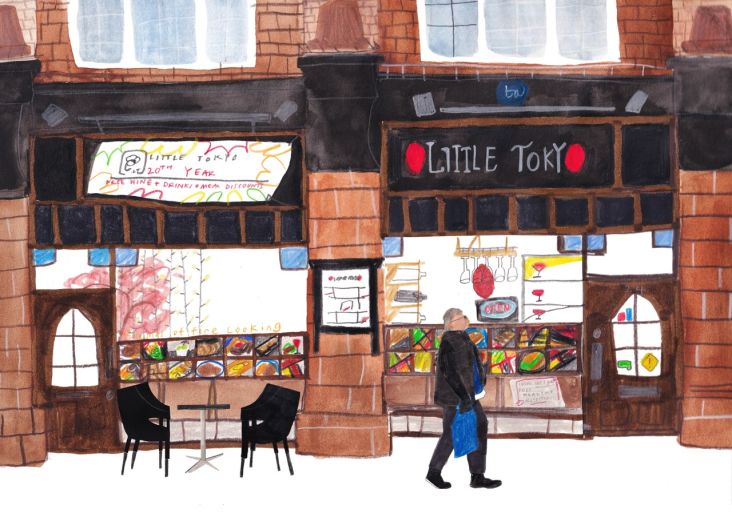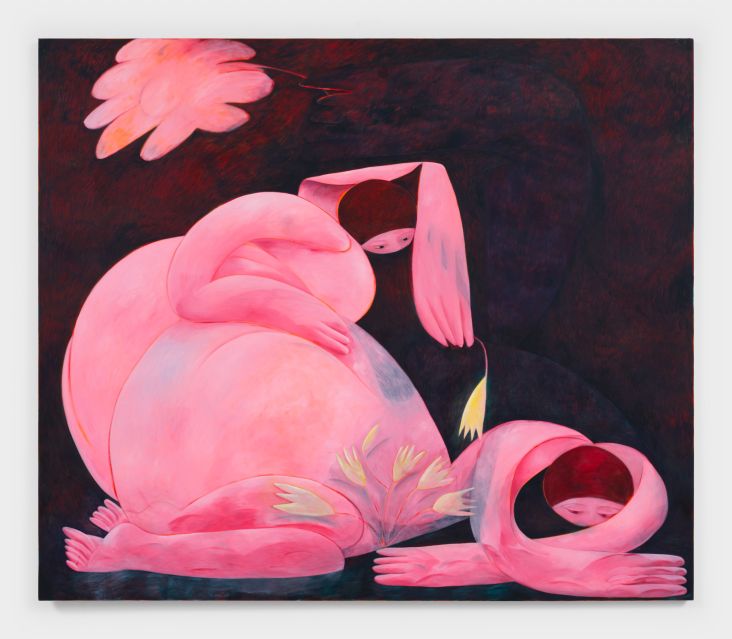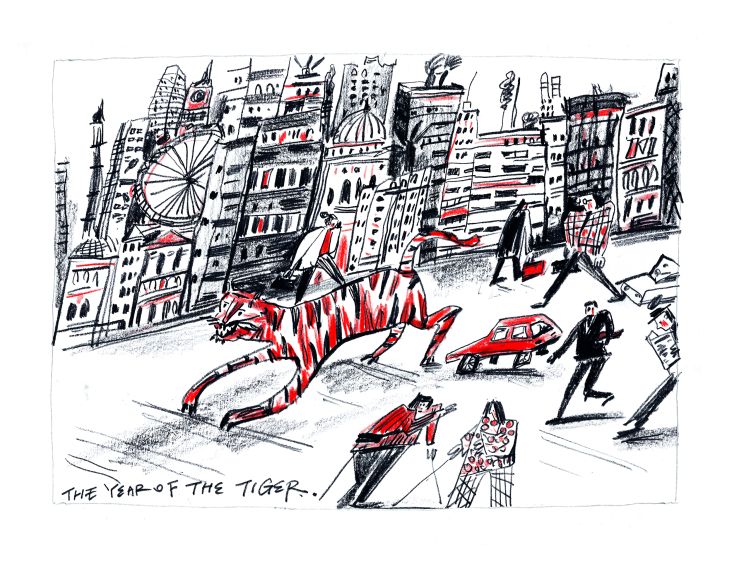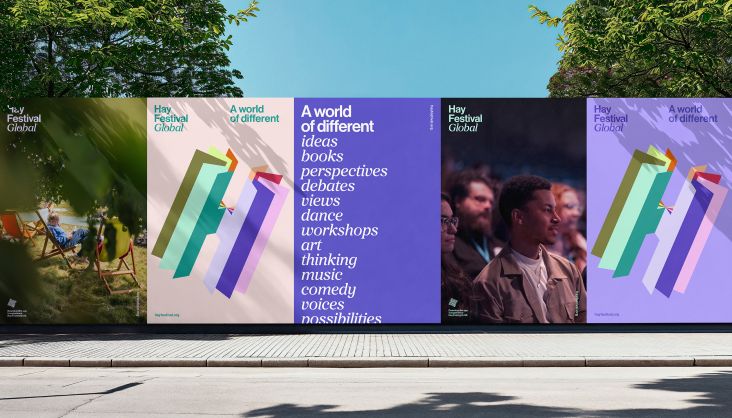Cara Ziruo Wang's delightful illustrations depict the 24 solar terms of the traditional Chinese calendar
Rhode Island School of Design student Cara Ziruo Wang has translated China's rich cultural history into a series of elegant and inspiring illustrations for the country's children's literary magazine October Kids. We caught up with her to learn more about how they were made and how they inspire different children worldwide.
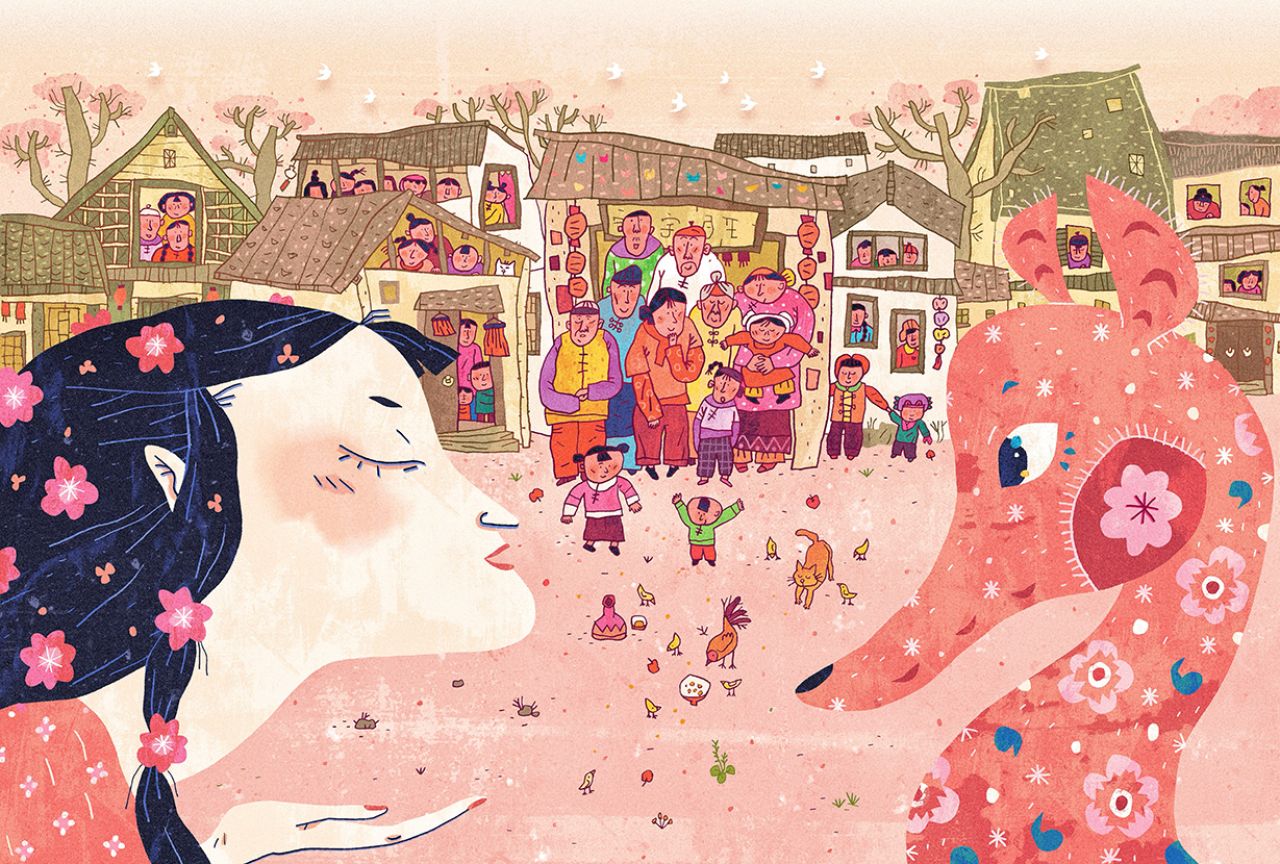
For Western readers, the course of the year is broken down into the familiar rhythm of twelve months and four seasons. But this isn't a universal approach. Illustrator Cara Ziruo Wang, who originally hails from Guangzhou in China, has depicted the tales of the 24 solar terms of her country's traditional calendar for a new commission that appears in October Kids magazine.
"Based on the story by the leading Chinese children's book author Liao Xiaoqin, this series of images portrays the folktales associated with different solar terms, from the Spring lady to the Summer auntie, and from the Winter old man to everything in between," she tells Creative Boom.
"Each character lives in a different region of China, and the story not only illustrates the transition of seasons but also showcases the culture and landscape of various places across China. I hope these illustrations present rural China with all its wonders and imagination, transforming our ordinary surroundings into an extraordinary dream."
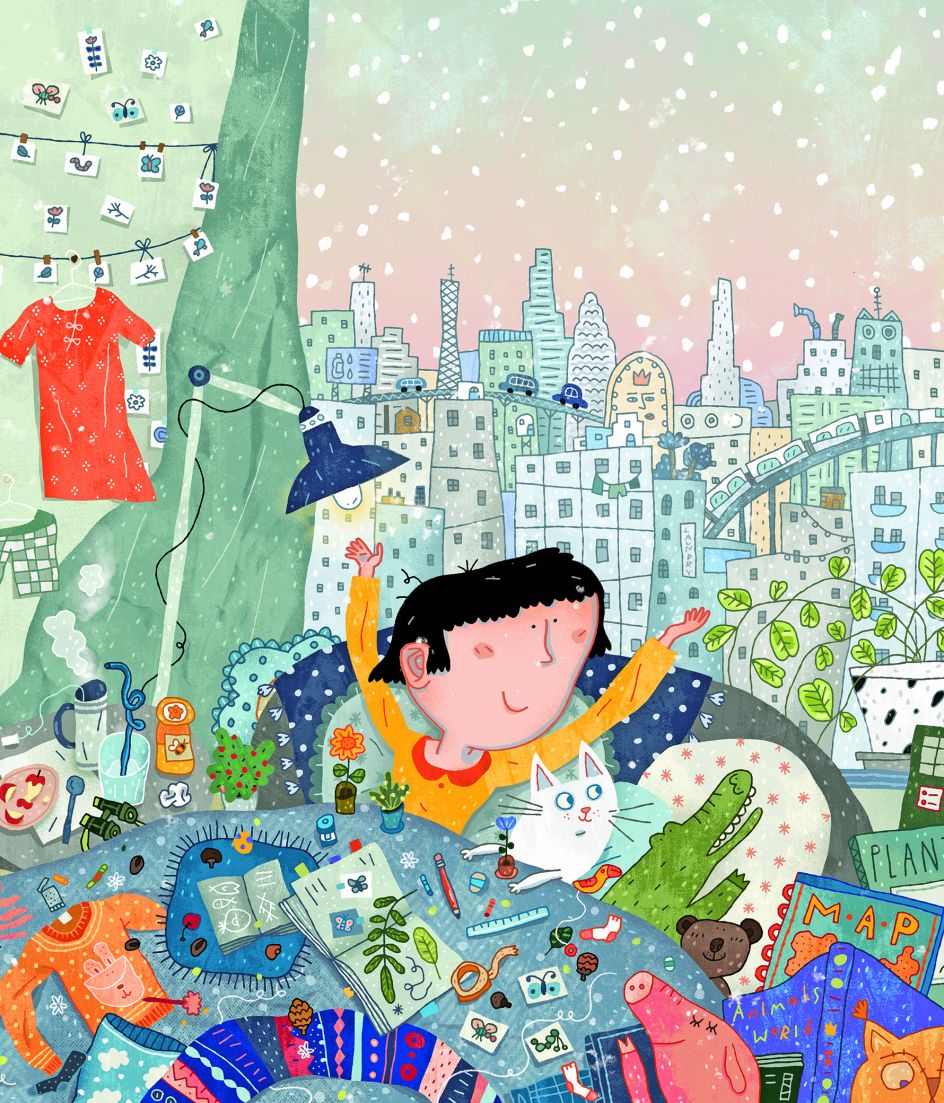
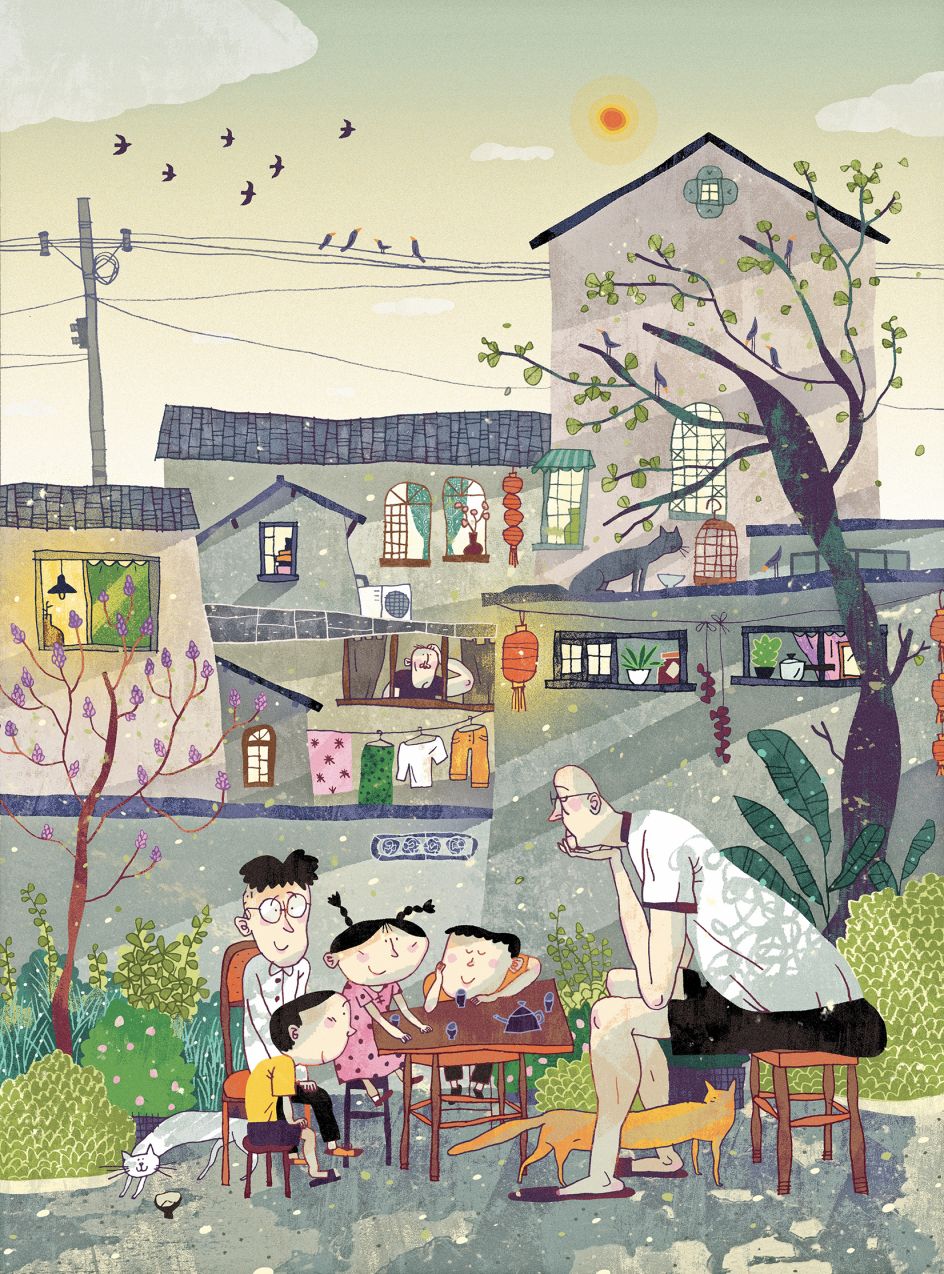
The series of images depicts the transition from winter to spring, and as Cara suggests, it's bursting with details and characters that personify this change. There's the old man of winter who lives under a tall cherry blossom tree at the edge of a village, plus the lazy Spring lady who eventually arrives with flower blossoms while calling the deer-like creature Chun Fen Shou.
As for the hot July days, these are represented by the Summer lady napping in her cabin in the woods. "Further up on a tree branch, Xiao Shu Shou (a cricket-like Summer Creature) stares at the sun in the sky," Cara adds. "The landscape here is inspired by Huangling Village, located in central China, famous for its unique black-and-white palette houses."
Other images in the series show the old man of winter keeping himself warm by a fire with the monkey-like winter creature Xiao Xue Shou. "He plays a bamboo flute as snowflakes swirl around with the music," Cara explains. "The scene here is inspired by the landscape and culture of Changbai Mountain in Dongbei, located in the very north of China."
It's a splendid array of illustrations that's even more magnificent when considering how quickly they were made. "Because the magazine has a very fast cycle, this series of work was done in three weeks," Cara reveals. "Luckily, the art director gave me a lot of creative freedom for this project, the only requirement being: the image must be based on the story's text."
To keep up with this demanding schedule, Cara began by providing rough sketches with her ideas for the composition. "After they approved, I made the rough sketches into line drawings, which were sent in for final approval. Lastly, I scanned it onto the computer and finished colouring it in Photoshop. As revisions become more challenging once the piece is highly rendered, I try to ensure that the concept is solidified as early as possible."
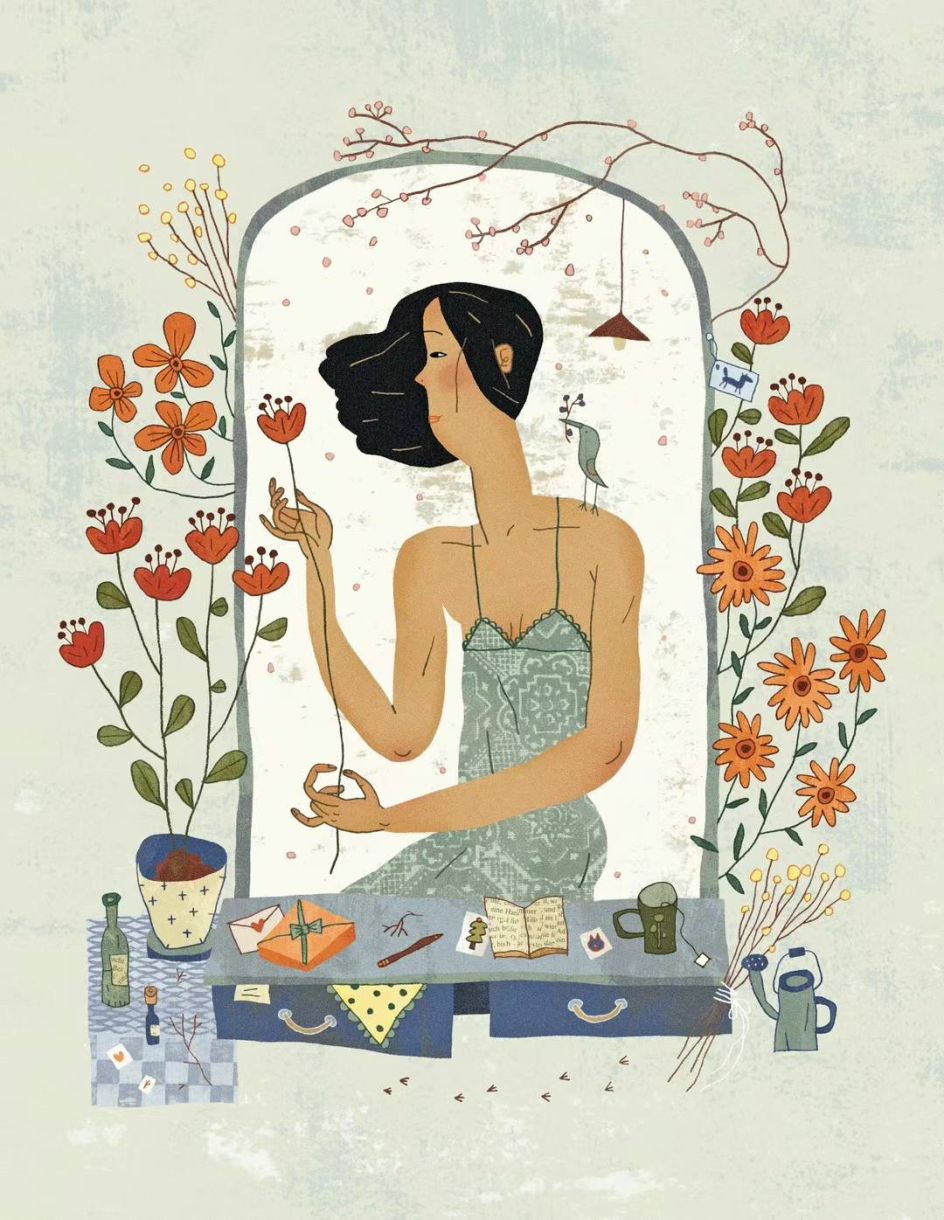
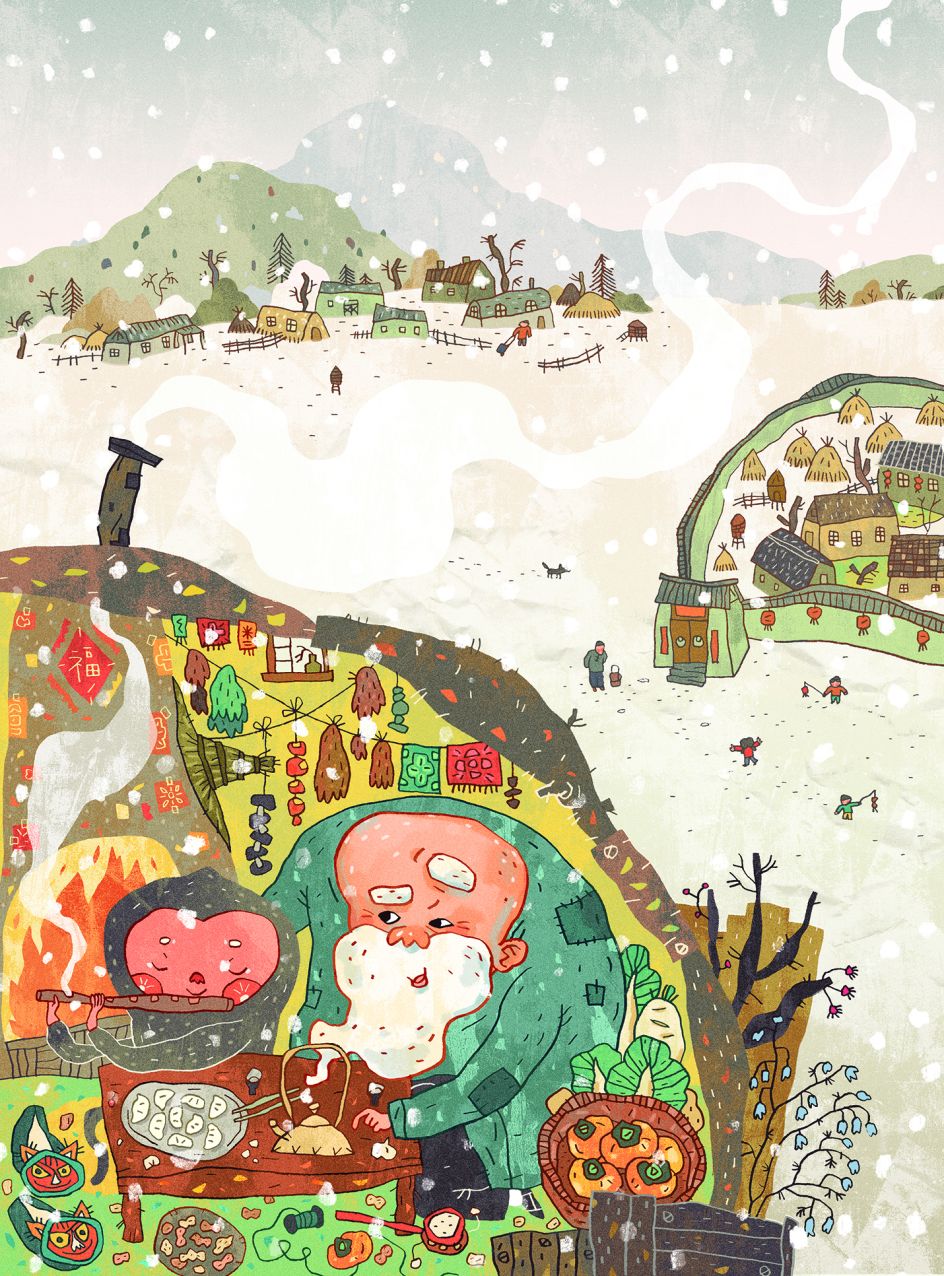
The back and forth was worth it, though, as the project has a deep personal connection to Cara. "I feel incredibly fortunate as the story is among the most beautiful pieces I have read in a long time, and the author is one of my favourite children's book authors in China," she says. "After the project's completion, the chief editor told me that my work differs from the ordinary style they would commission, but they love my work for its uniqueness."
Cara always experiments with new techniques in every project; this series is no exception. In these artworks, she wanted to make her lines look as free and loose as possible while maintaining a delicacy that is an integral part of traditional Chinese aesthetics.
"While I typically use an ink pen for most of my lines, I felt that approach would be too rigid for this project, especially considering the heavy landscape elements," she says. "So I changed the medium to pencil, which offers more freedom regarding the strokes.
"I also tried to use a more pastel/opaque colour palette. Most importantly, I applied various print-making textures to the image (including woodblock print, monotone print, silkscreen print, etc.). All these decisions allowed the landscape to be presented in a nostalgic tone, which provides warmth and grace in work."
Surprisingly, traditional Chinese folktales are not a staple of Cara's work. So, to depict rural China and its ancient characters, she had to search online for reference photos, which proved difficult due to the general lack of documentation. But all was not lost.
"Fortunately, I had a valuable reference resource: my mother, a photographer based in China, who always carries her camera wherever she goes," says Cara. "Much of the landscape I depicted comes from her photos. My mum and I share a very similar worldview. Since I was a child, she would take me along on her trips. We would sit by bonfires chatting with villagers or ride in trucks and get stuck in the back with cows and sheep. My mum taught me how to enjoy and appreciate every facet of a journey, which I also carried through to this project."
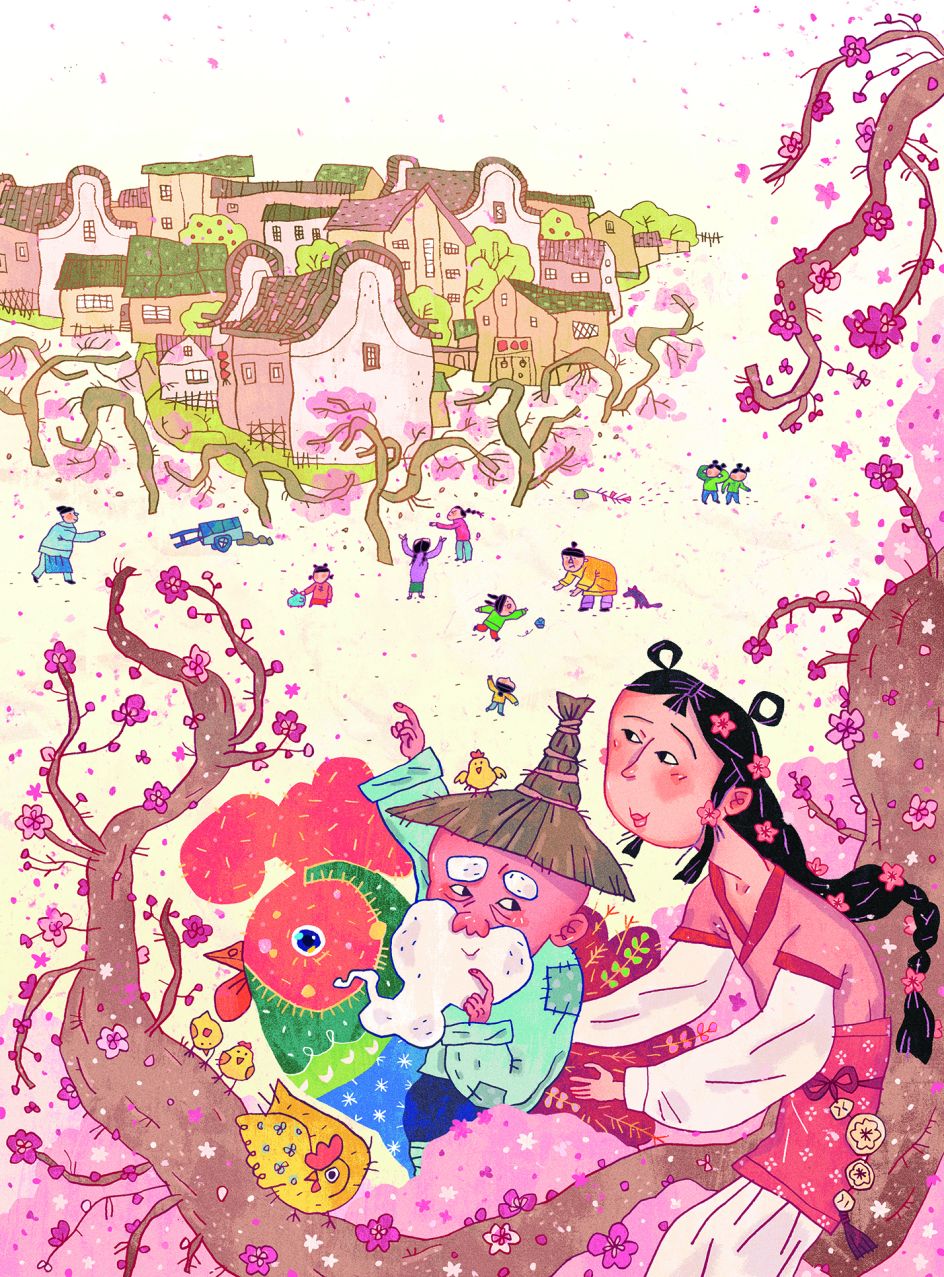
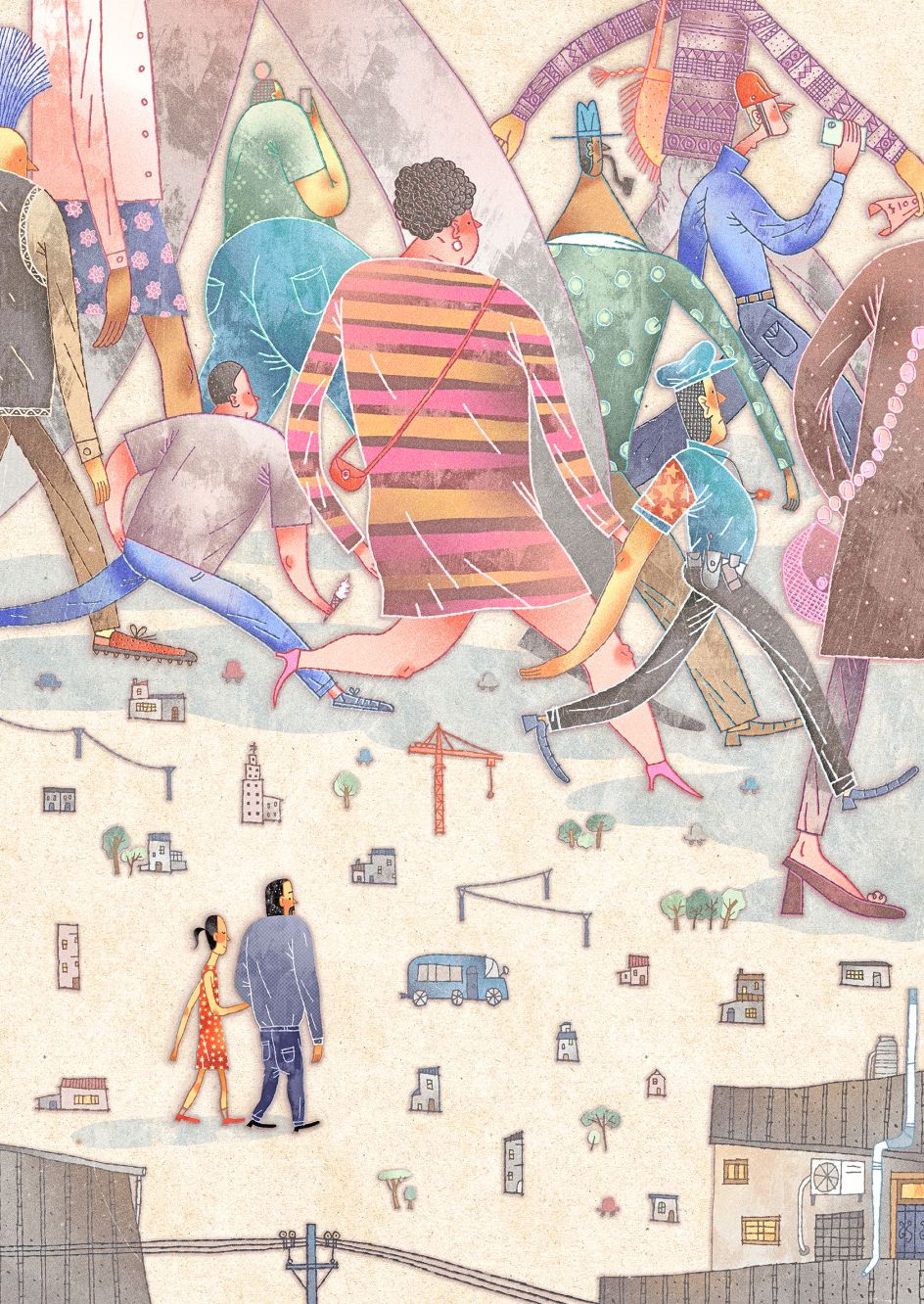
Going back and forth with editors, trawling the internet and working to a tight deadline, it all sounds like a lot. But the far-reaching impact of the illustrations sounds like it was more than worth the effort. "Last month, I was invited by a bookstore in Flushing, NYC, to give the children of the Chinese community there a little art lesson," says Cara. "During the lesson, one kid noticed the Chinese cultural elements in this series of my work and told me that he felt disconnected from his Chinese heritage.
"I was shocked how a little kid can understand such complicated emotions, but I also want to help my community reconnect and find belonging and pride in our culture. This magazine is published in China, but I hope that Chinese kids worldwide can feel empowered by it. My work takes inspiration from the people and culture of my community, so I hope that by creating work that speaks to my culture, I can serve the communities I am part of by amplifying their stories while also helping to create them."
Speaking of this heritage and how it presents itself in her work, Cara references the ancient Chinese saying: people regard food as heaven. "From this saying, we can tell that Chinese people love food and all aspects of life!" she adds. "They love family gatherings, and they can spend an afternoon cooking for the family gathering in the evening. So, my work also encompasses all aspects of life, from the candy-coloured clothes of aunties and uncles to the little streets and alleys with windows of faint glimmers, to every busy kitchen with smoke coming out.
"When I travel to different parts of the world, I also enjoy observing these everyday scenes and objects, which I document in my sketchbook. Overall, Chinese culture instils a deep appreciation for life, inspiring me to explore the beauty and wonders in seemingly mundane experiences."









](https://www.creativeboom.com/upload/articles/86/862919952c0ad18439004228895a431dc6e45ffc_732.jpg)







